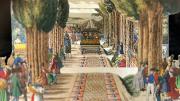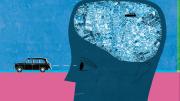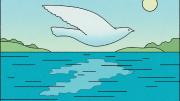Once seen, not forgotten. so it is with Harvard's wondrous glass flowers. Droves of visitors--120,000 annually--depart marveling at the unique collection of 4,000 models of plants made by Leopold and Rudolph Blaschka in Germany from 1887 to 1936 and housed today in the upper reaches of the Museum of Cultural and Natural History.
Almost no one sees the glass menagerie given crystalline life by the Blaschkas--the jellyfish, sea cucumbers, octupuses, squids. The museum has about 360 Blaschka models of marine invertebrates, the second largest collection in the world, acquired through H.A. Ward's Natural Science Establishment in Rochester, New York, in the late 1870s for prices starting at 40 cents per model. The form and color of soft-bodied creatures could not then be preserved after death, and so the Blaschkas' creations, anatomically accurate and most lifelike, were valuable teaching aids. That they were also works of art may not have been fully appreciated at the time.
Only four glass animals are on display today. The others are dirty, many are broken, some are without labels, and they are quartered in three locations within the museum--in drawers, cupboards, and cartons--a motherless-child of a collection. The celebrated glass flowers, although better tended, need cleaning and some repair themselves, and may be relocated within the museum. Their conservation requirements were assessed more than six years ago, but the rescue mission moves slowly. Says Cherrie Corey, executive director of public programs, "Dealing with the glass flowers is such a big project that we haven't yet talked about the marine models."





